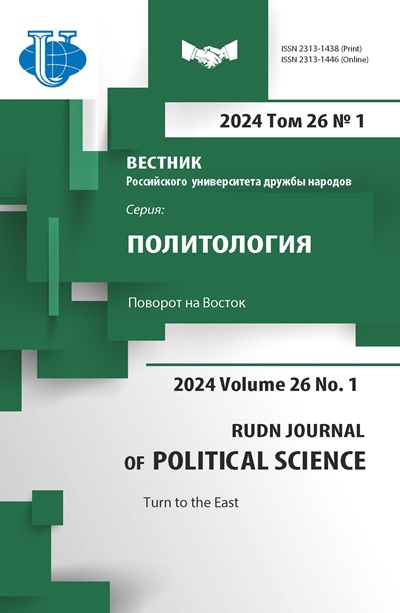Abstract
The withdrawal of US troops and the rapid takeover of Kabul by the Taliban (recognized as a terrorist organization and banned in the Russian Federation) in Afghanistan in 2021 shocked the world community. Even though the PRC actively opposes international terrorism, which the Taliban movement (recognized as a terrorist organization and banned in the Russian Federation) is accused of supporting, it has become one of the few countries that have begun to cooperate with the new Afghan regime. In the light of these events, China’s view of the situation in Afghanistan is puzzling, in particular, we are interested in how these events are reported in Chinese press. In this paper, first, we trace the evolution of the PRC’s official position on Afghanistan, and then, using frame analysis, analyze the coverage of the events of 2021 in the PRC by focusing on three authoritative newspapers, Chinese language versions of “People’s Daily”, “Global Times”, and “The Paper”. Our study demonstrates that the Chinese press supports China’s foreign policy in general and its policy in Afghanistan in particular. Stability in Afghanistan and cooperation with the Taliban (recognized as a terrorist organization and banned in the Russian Federation) on issues of Uighur separatism are important for China’s national security. In the Chinese media, the Taliban (recognized as a terrorist organization and banned in the Russian Federation) are not presented as accomplices of terrorism, which China is fighting within the framework of the Shanghai Cooperation Organization but are described as representatives of the Afghan people who aim to restore the security and stability in the country. When discussing the Taliban (recognized as a terrorist organization and banned in the Russian Federation) takeover in the Chinese media, the focus is often not on the crimes of the new regime - repression, abuse of power, restriction of rights, but on shortcoming of the US policy. The latter reflects an important discursive practice in the Chinese media, “othering” the United States.
















